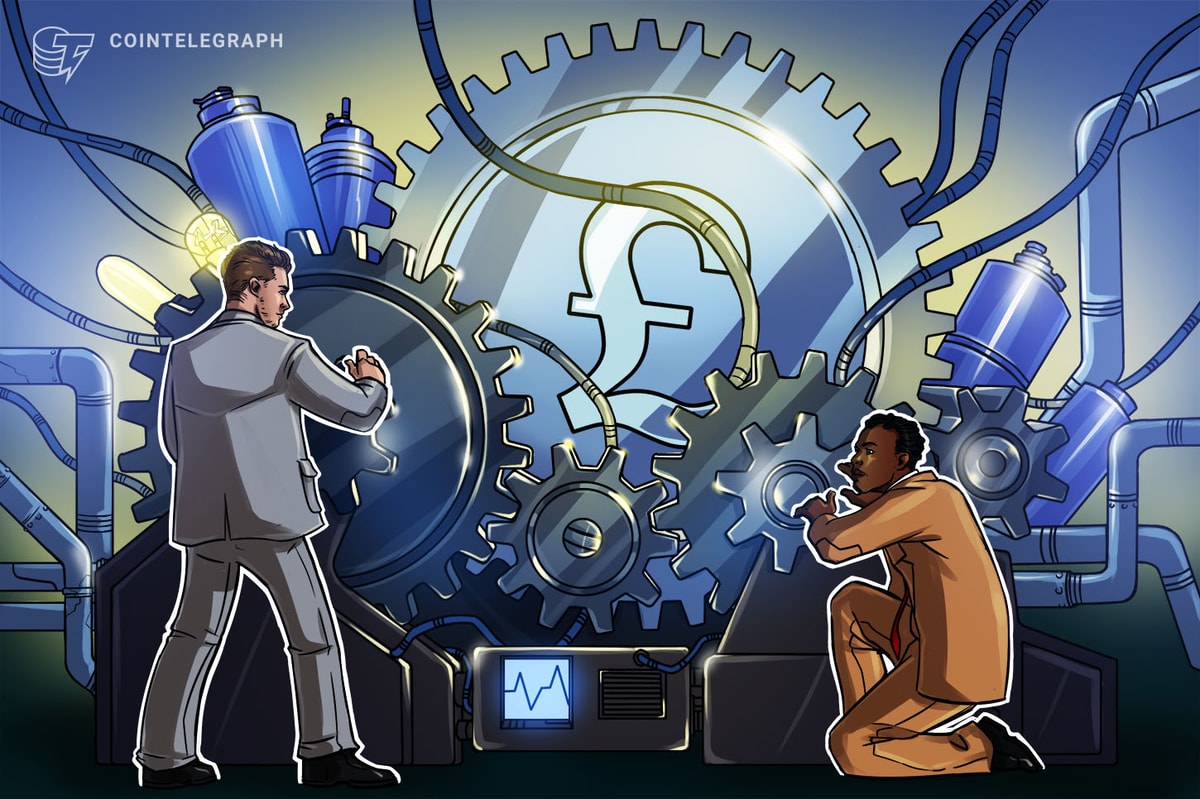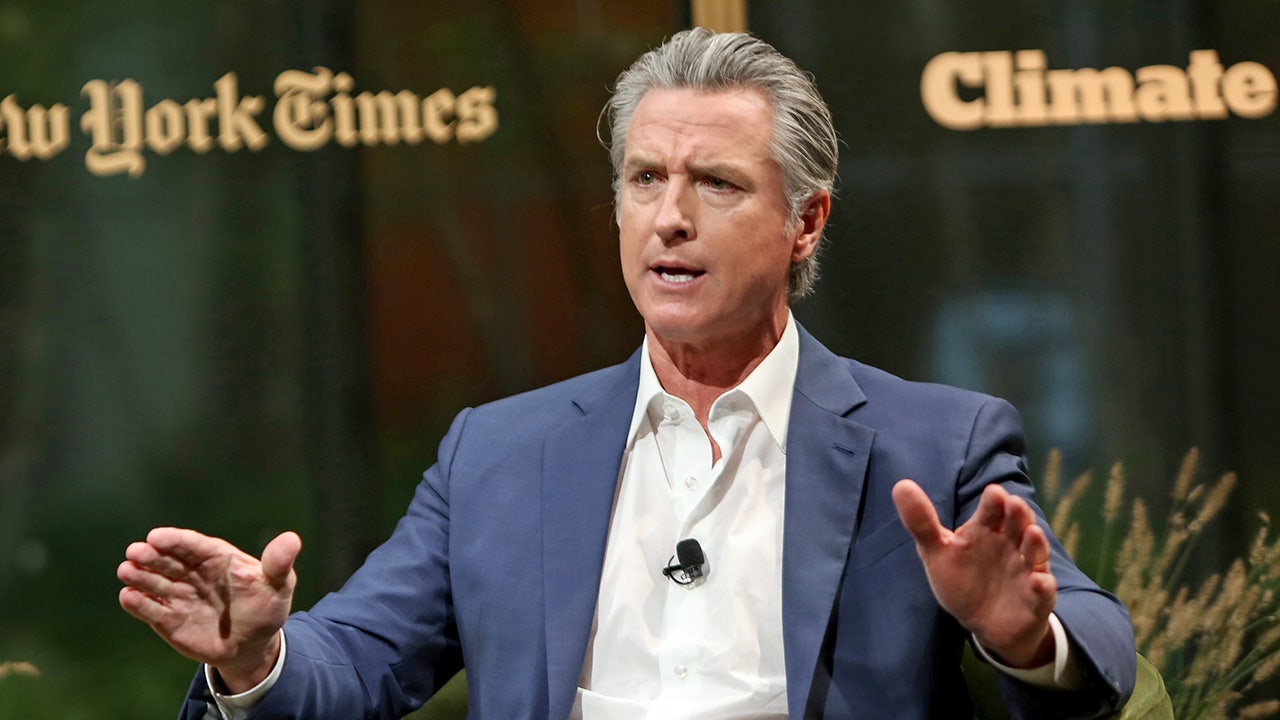The Federal Reserve’s preferred inflation gauge showed that inflationary pressures remained elevated in August, as policymakers seek to balance the need to restore price stability against a weakening labor market following last week’s interest rate cut.
The Commerce Department on Friday reported that the personal consumption expenditures (PCE) index rose 0.3% in August from a month ago and is up 2.7% from last year. Those figures were in line with the estimate of LSEG economists.
Core PCE, which excludes volatile measurements of food and energy prices, was up 0.2% on a monthly basis and 2.9% year-over-year. Both were in line with economists’ expectations.
Federal Reserve policymakers are focusing on the PCE headline figure as they try to bring inflation back to their long-run target of 2%, though they view core data as a better indicator of inflation. Headline PCE ticked higher from 2.6% in July to 2.7% in August, while core PCE held steady at 2.9% over that period.
WHAT IS THE FED’S OUTLOOK FOR INTEREST RATE CUTS, INFLATION AND JOBS FOR THE REMAINDER OF THE YEAR?
Prices for goods were up 0.9% in August from a year ago, an acceleration from the 0.6% readings in both June and July. Durable goods prices were 1.2% higher in August compared with last year, while nondurable goods rose 1.2% in that period.
Services prices were up 3.6% in August compared with a year ago, which was slightly higher than the 3.5% reading in July.
The personal savings rate as a percentage of disposable personal income was 4.6% in August, down slightly from a 4.8% reading in the prior month.
FED CUTS INTEREST RATES FOR FIRST TIME THIS YEAR AMID WEAKENING LABOR MARKET
The Commerce Department’s PCE report comes after the Federal Reserve cut interest rates last week for the first time this year, lowering the benchmark federal funds rate by 25-basis-points despite inflation remaining well above the central bank’s 2% target rate.
Federal Reserve Chair Jerome Powell said at his post-announcement press conference that tariff-induced price hikes could represent a one-time shift in the price level, or they could be a more persistent inflationary challenge. Powell added that tariffs are beginning to impact inflation data.
“We have begun to see goods prices showing through into higher inflation and actually, the increase in goods prices accounts for most of the increase in inflation or perhaps all of the increase in inflation over the course of this year,” Powell explained. “Those are not very large effects at this point, and we do expect them to continue to build over the course of this year and into next year.”
Powell said that while the Fed believes the upward trend in inflation will be because of one-time price hikes from tariffs, the central bank can’t take that for granted.
“We can’t just assume that though. Our job is literally to make sure that that is what happens, and we will do that job,” he said.
This is a developing story. Please check back for updates.
Read the full article here















